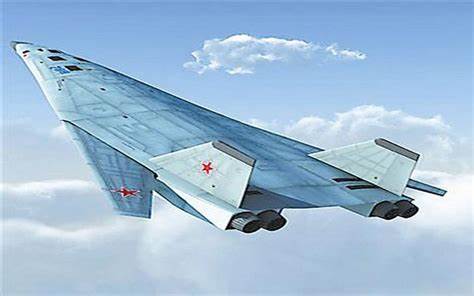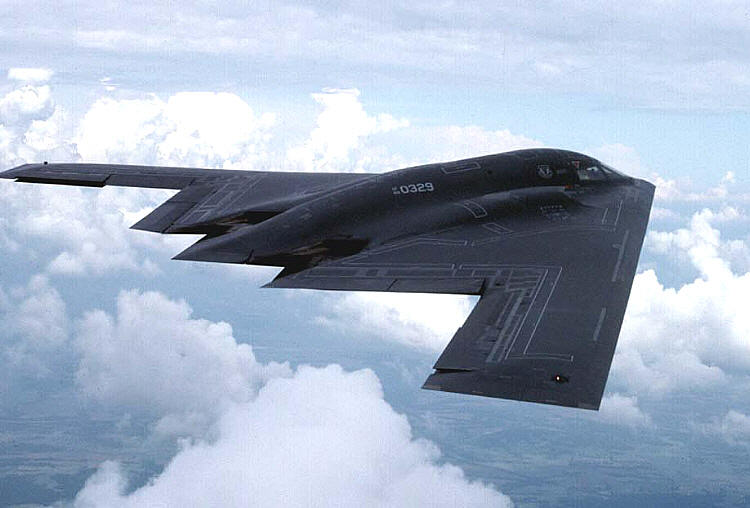
Russia’s cutting-edge endeavor to design and introduce a new strategic stealth bomber, the PAK DA (Perspektivnyi Aviatsionnyi Kompleks Dalney Aviatsyi), has been marred by setbacks and uncertainties, making it a topic of fervent discussion and speculation in military and aviation circles.

Conceived as Russia’s answer to the U.S. B-2 Spirit, the Tupolev PAK DA bomber, also known as “Poslannik” or “messenger,” represents a significant shift in Russian military aviation philosophy.

Opting for stealth over speed, this long-range bomber is designed to evade radar detection while carrying a 30-ton payload that includes nuclear and hypersonic missiles.

Despite its ambitious design, which includes the B-2 reminiscent flying wing structure for reduced radar cross-section, the PAK DA has yet to take to the skies.

It’s been plagued by engine challenges, a problem not unfamiliar in the history of Russian bombers, and delays in development.

Initial plans for deployment by 2023 have now been pushed to an expected operational readiness closer to 2027.

The ongoing conflict in Ukraine has only further strained resources, diverting attention and funding away from the project.

The financial and technological impacts of Western sanctions have compounded these challenges, casting a shadow of doubt over the PAK DA’s completion.

With reports of full-scale mockups and wind tunnel testing models, it’s evident that progress has been made, but it remains to be seen if and when a prototype will take flight, now tentatively projected for 2025.

Experts have weighed in on the viability of this project amidst such constraints.

A retired aviation expert from a major U.S. defense contractor expressed skepticism, stating, “Clearly, Russia wants the PAK DA. However, I have no idea how they could afford it.”

“Further, I would also add they don’t have the microchips needed to make this work or technology due to sanctions related to the Ukraine war. For now, the PAK DA, I would argue, is just a dream.”

Meanwhile, Russia’s global rivals, particularly the United States, continue to advance their own stealth technology.

The B-21 Raider, the next-generation American stealth bomber, has already been rolled out, signaling a widening gap in the stealth aircraft domain.

The nation’s track record of resilience and adaptability in military manufacturing, as evidenced by the upgraded Tu-160 “White Swan” bombers, suggests that Russia will prioritize the creation of the PAK DA, whether out of necessity or ambition.
Relevant articles:
– PAK DA: Russia’s Stealth Bomber Nightmare Looks Quite Serious, The National Interest
– PAK DA: Russia’s Stealth Bomber Nightmare Needs to End, The National Interest
– Russia’s Stealth Ambition: PAK DA’s Emergence Amid Global Aerospace Rivalry, Trendy Digests
– PAK-DA not for us : IAF Official, Indian Defence Forum

